Borrowing from The Boys

I envy how easily women can borrow "our", men's, clothes. In fact, they sometimes look better in menswear than we do!
For example, consider Asia, Gabrysia, and Dominika, who were portrayed several times this season. Each time (in the studio, at home, on the Baltic’s shore) they fit naturally into the vibe, wearing standard pieces from our collection. It just works; it looks good, it looks different.

Let’s clarify: not every single item taken from a man's wardrobe will look better when worn by a woman, that’s certain. However, I think we should explore this topic further since we can learn some style moves by observing girls in menswear... or at least have an option to show their photos to our female partners/friends/acquaintances as inspiration, bearing in mind that it may lead to them wanting to borrow our things.
I don't have a problem with this, I'm actually happy when I get a chance to lend something to someone (usually my wife). I admit that I feel as if, through this gesture, I was inviting someone to the world of good clothes; as if I were saying "welcome to the club". Yes, it's a bit naive of me, but you must admit that the thought of our clothes being so nice that it’s not only us who would like to wear them can be satisfying, right?
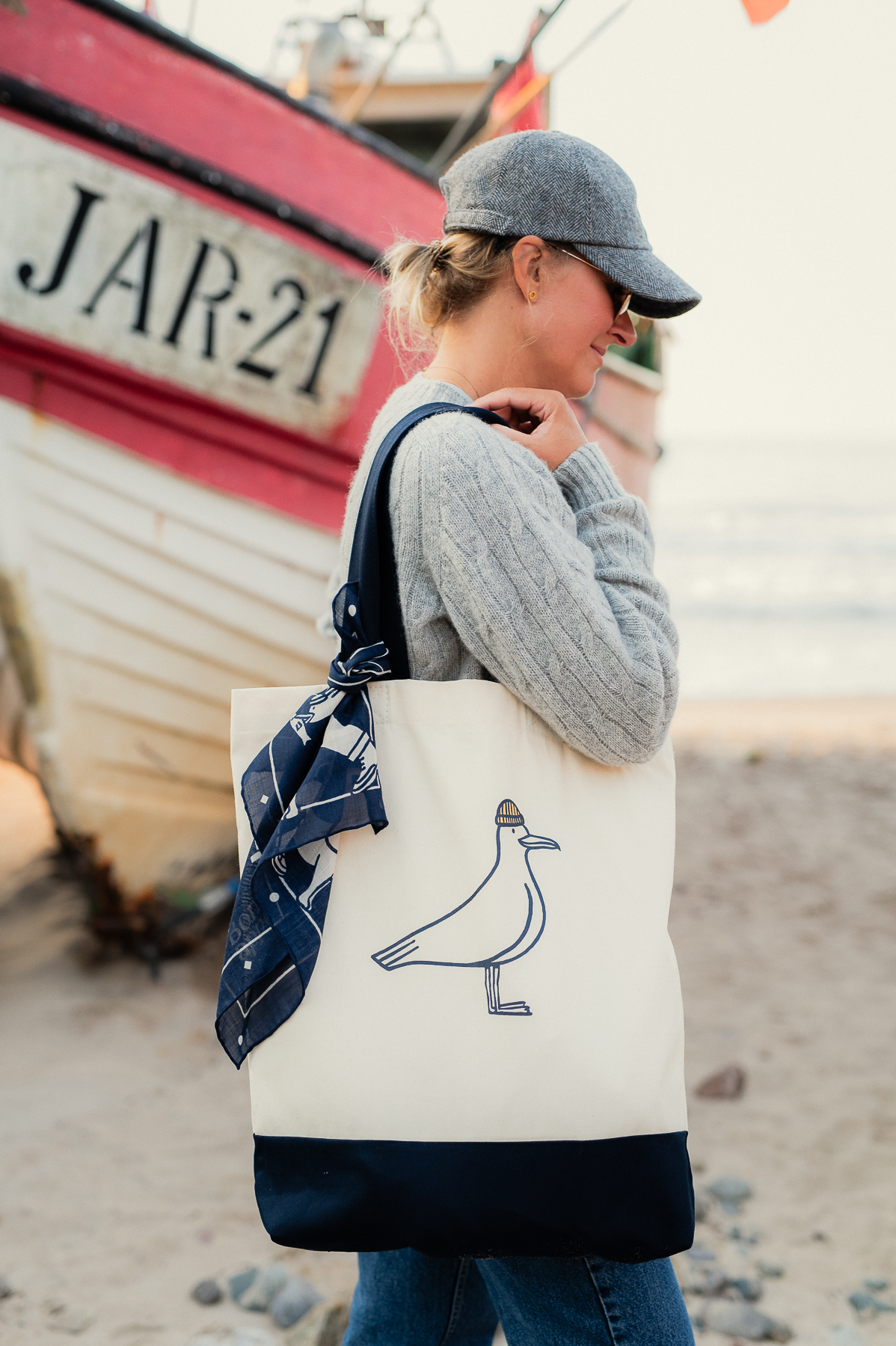

By the way, a small digression: I have the impression that some of us, men, are afraid to lend our things to ladies not because of the prospect of damaging them, but because of the unjustified fear of a given thing becoming feminized. Some may fear that if it fits into a woman's ensemble, it means it’s not masculine enough - leading to the belief that only one-way exchange is acceptable. Well, I believe the problem here has to do with the culture we live in. Perhaps it is rooted in the fact that in the history of the 20th century, women took on traditionally male roles more often than men took on the female ones. This might change in the future; I am not an anthropologist nor a sociologist, so I would prefer not to delve into further considerations here.
The important thing is that there's nothing to be afraid of, really - after all, it's about borrowing (and returning) things that were created as menswear and remain such even when worn by a woman.
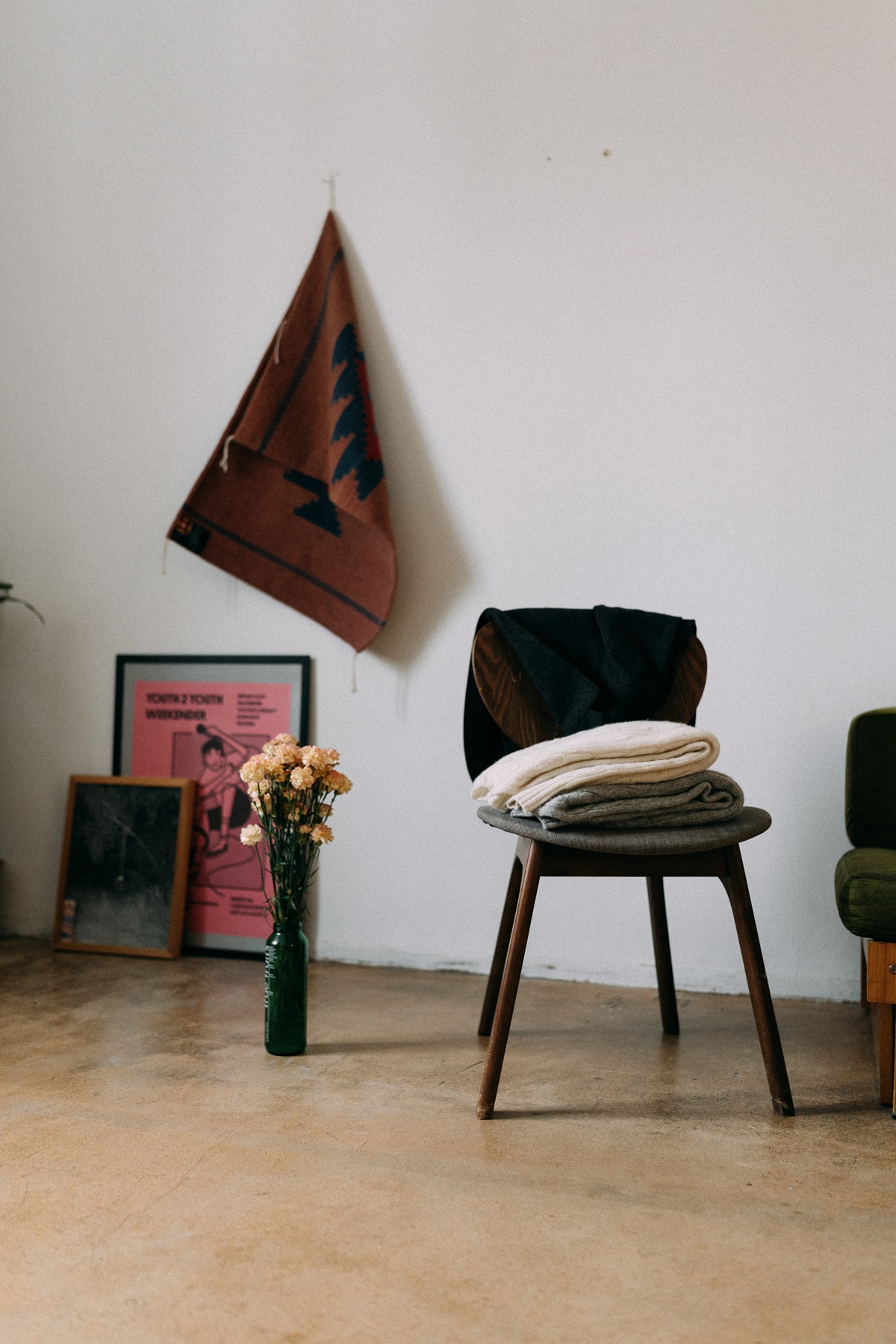

It's better to focus on looking for the advantages, which are, in fact, the reason why women may be interested in men's things in the first place. Nowadays, our clothes usually offer a better quality to price ratio, often being made of better fabrics and having the price justified more by the raw materials used than just the design or brand’s name. All in all, we should be happy that some of our clothes are so good and simple that they could serve everyone - we're good!
Well, that’s an argument for more than just borrowing; such virtues might be tempting enough to do shopping in the men’s department. This especially applies to basics - clothes that can be the backbone of a wardrobe, are practical, versatile, and (roughly) not subject to changing trends. In general, I would often prefer to see such simple things as unisex garments, without a clear gender division.

Speaking of which, I should also mention the preppy/Ivy League aesthetic, which often blurs the lines between what is stereotypically feminine and what is masculine. In Ivy style lookbooks, both girls and boys wear similar clothes - their sweaters, OCBD shirts, chino pants, baseball caps, or even polo shirts differ mainly in size, and usually only slightly in cut. The colors mix; men often wear pink, bright turquoise, and mild pastels, while women are dressed up in very “manly” gray and navy separates.
This is an interesting example of how the American East Coast old money tradition of borrowing things, handing them down to others (ultimately wearing & repairing them until they fall apart), has embedded menswear in women's wardrobes permanently, at least for that particular style. Eventually, some traditionally men’s clothes are now, after minor changes, part of women’s style, available widely in women's fashion departments of all the traditional preppy brands.
Okay, but let's get back to the topic of literally taking from men's fashion, not just drawing inspiration: what can women steal from our closets right away?
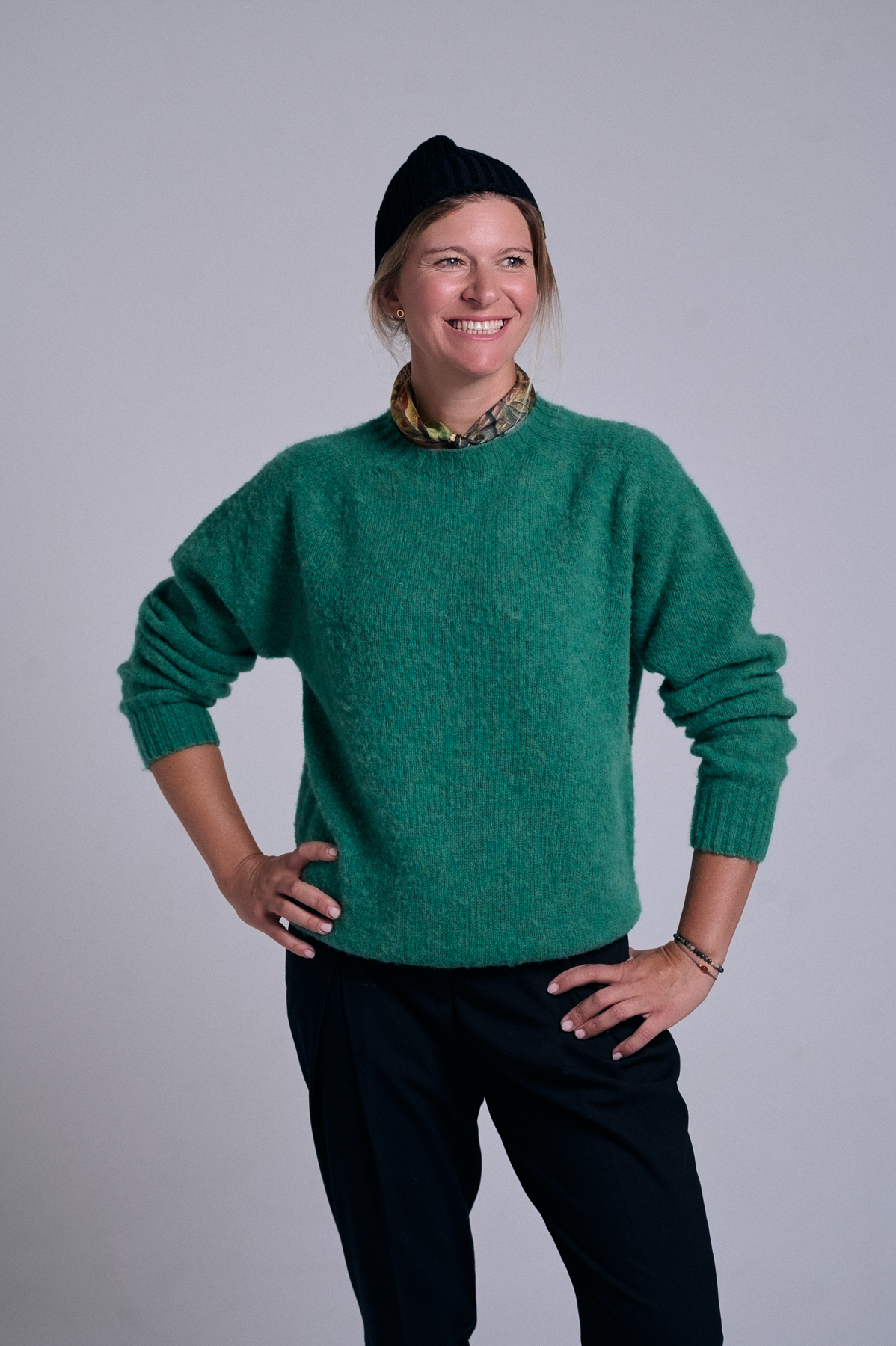
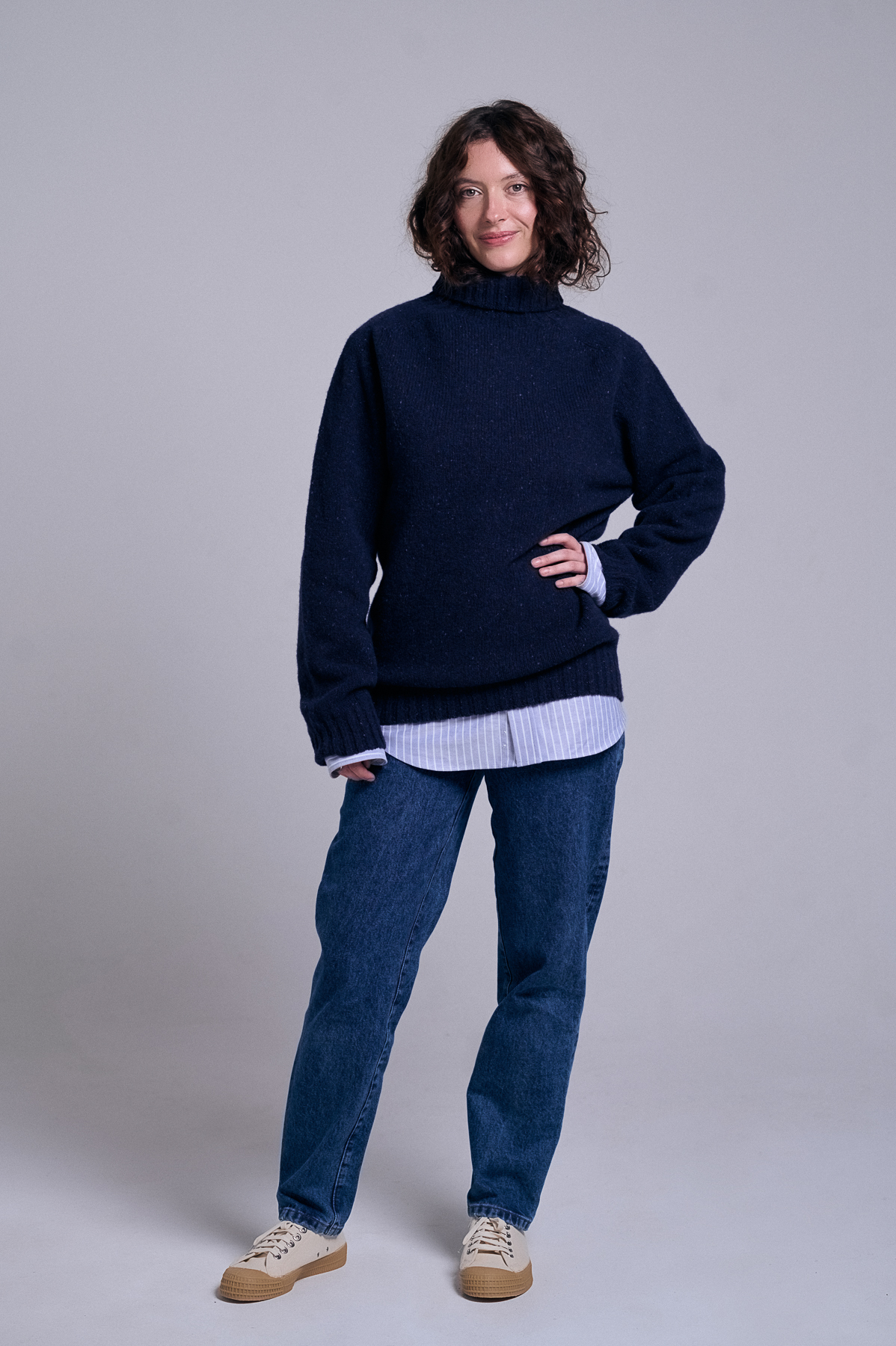
First of all, knitwear - that’s a no-brainer. Good sweaters are something that's hard to label "men's" and "women's". The cuts are usually simple, the silhouette does not play a big role there as the item adapts to the wearer's body. Also, you can always go intentionally oversize and still look good.
Color is an individual matter; a matter of taste, preferences, and looks. The fiber? Good wool, merino or shetland, cashmere or alpaca, keeps everyone warm equally. Susceptibility to the so-called “itching” can also affect anyone, regardless of gender.
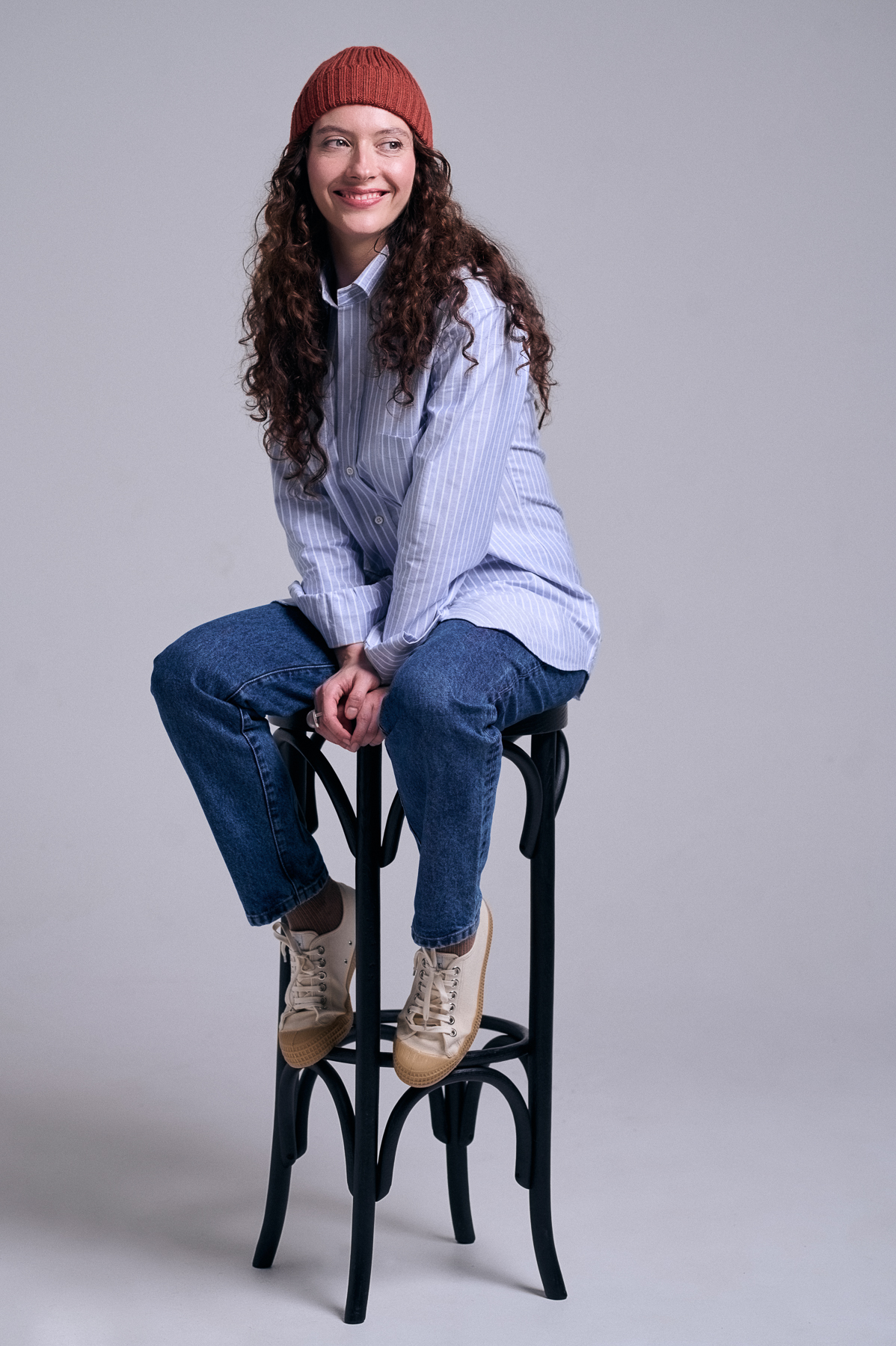
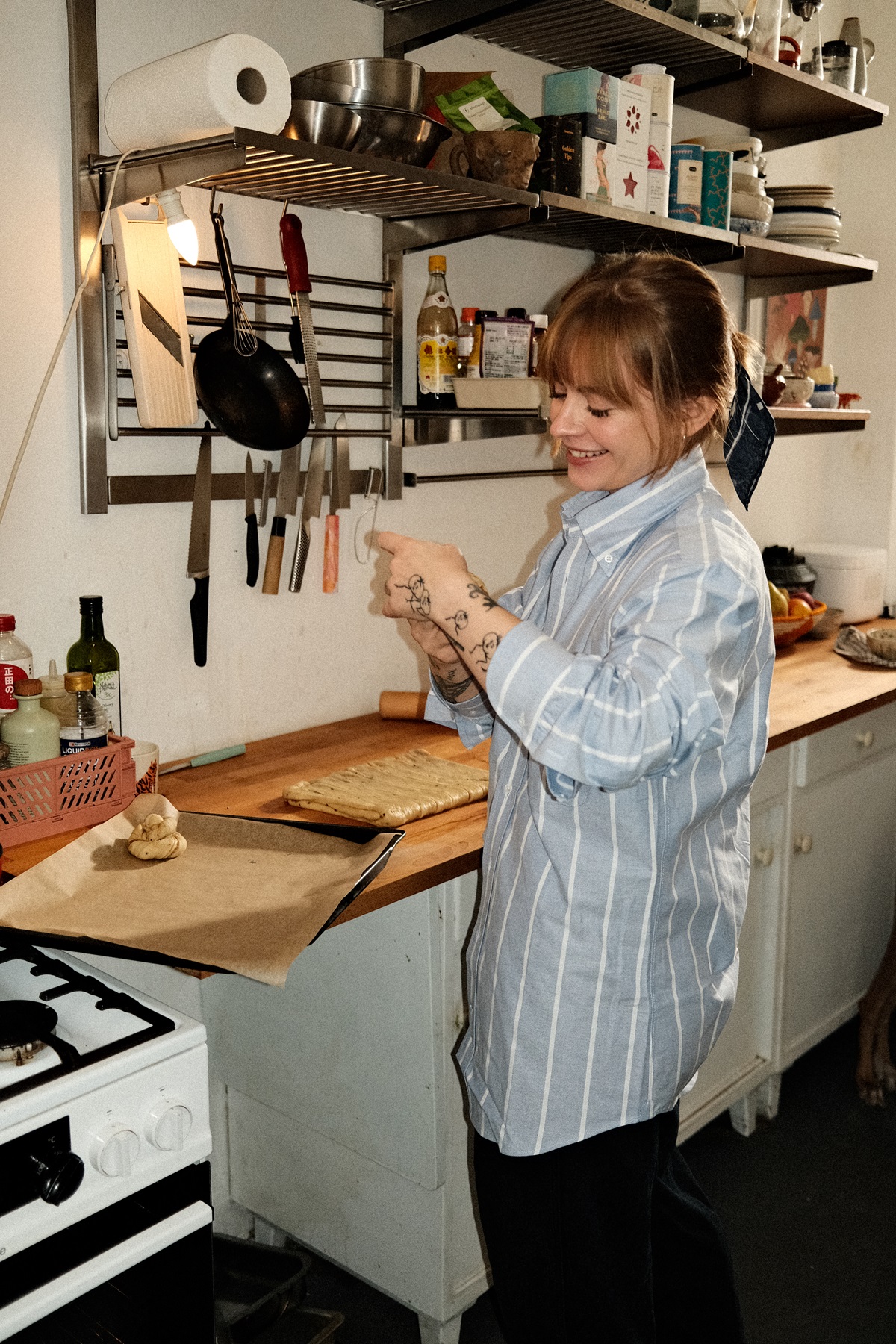
Second: shirts. It's not as easy as with sweaters, but it's still a simple topic. The motif of a woman in a men's shirt is widely present in pop culture, styling of a white or blue oversized one is a well-researched topic. Such outfits usually both look good and feel comfortable - a win-win scenario. Mind that shirts made of thicker fabrics (e.g. heavyweight oxford or flannel) work best, because one, they have drape, two, they are pleasant to wear, and three, they are rarely found in women's fashion, which makes up for a perfect reason to borrow.
It is more difficult if you want to go fitted instead of oversize - finding the right size might be impossible. The silhouette is different in the neck, bust, and waist area; the sleeves are usually too long. In most cases, a shirt cut with a woman's figure in mind would look much better than an altered men's garment of an approximately right size.

Next up: suits and sportcoats. I would even go as far as to say that men's jackets often look better on women than women's jackets, especially if they are to be worn with trousers. Optically dividing figure in half is generally beneficial regardless of one’s height and body type; many styles will benefit from a longer jacket, not a short one that draws all the attention to the bottom, ending just above the hips. A classic cut, roomier fit, and deeper pockets are just practical features.
Another interesting idea is to commission a custom jacket or an entire suit in a men's cut, but tailored to a woman's figure. With such, the problem of the shoulder width and sleeve length would be gone - and you could also play with the measurements and decide on what exactly the fit should be. This is, of course, a more complicated (and expensive) matter that goes far beyond just borrowing something - but I'll leave you to that. If you are interested, have a look at the MTM suits commissioned by Gabrysia from our team.

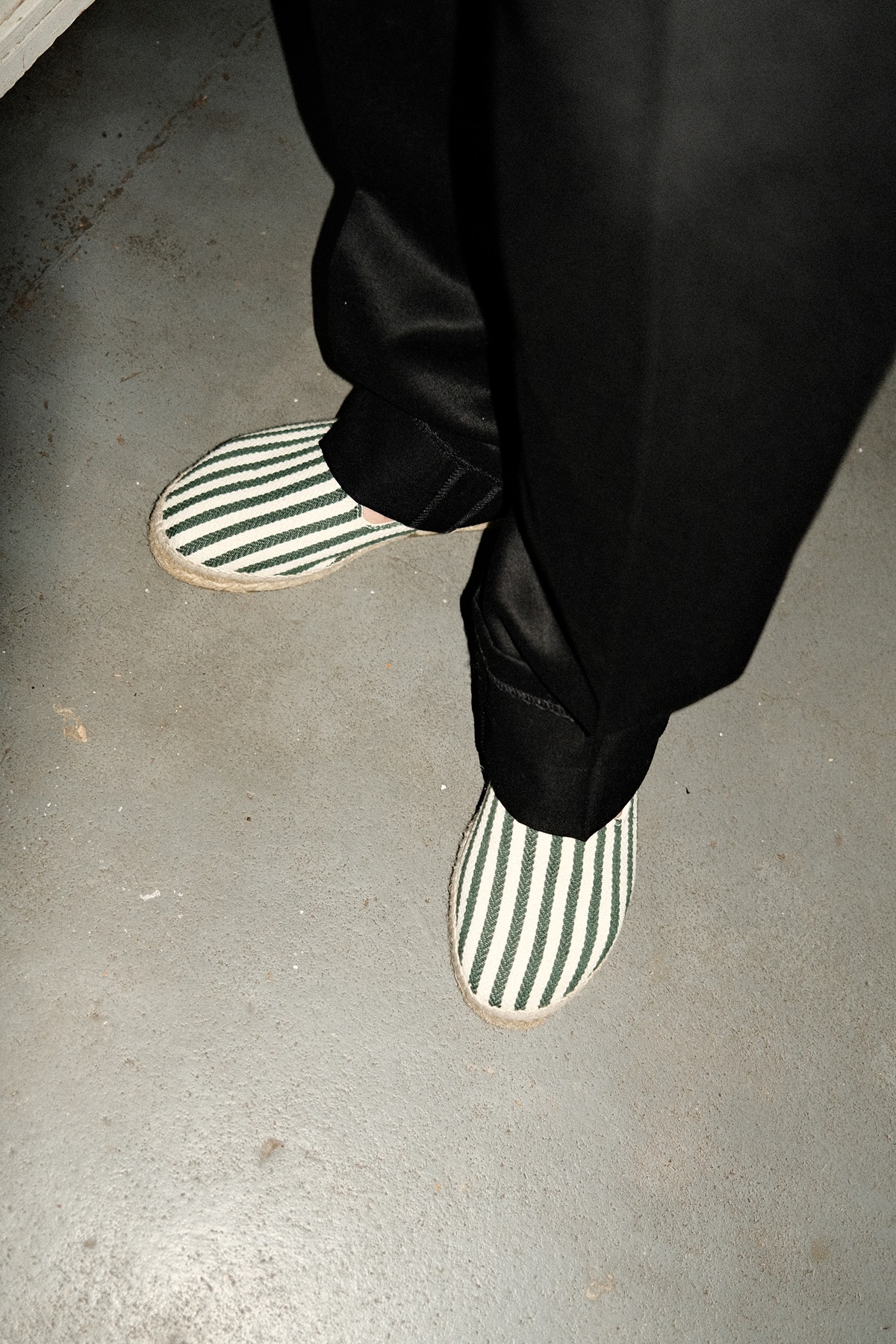
Since we’re talking about the suit, let's finally move down on to the pants. Unfortunately, a lot depends on the individual’s body here; the proportions of waist circumference to hip circumference usually differ significantly between men's and women's cuts. Sometimes borrowing men’s trousers is simply not an option due to comfort and fit.
Let's not forget, however, that there was a reason for which the "boyfriend" pants were created - these are intended to be cut in a masculine way. Theoretically a few sizes too big at the waist, they are tailored to fit there (or at least tightened with a belt), with the legs still wide. Depending on your figure and preferences, trying such cut might be an option, maybe beginning with an old pair borrowed from the men’s closet?
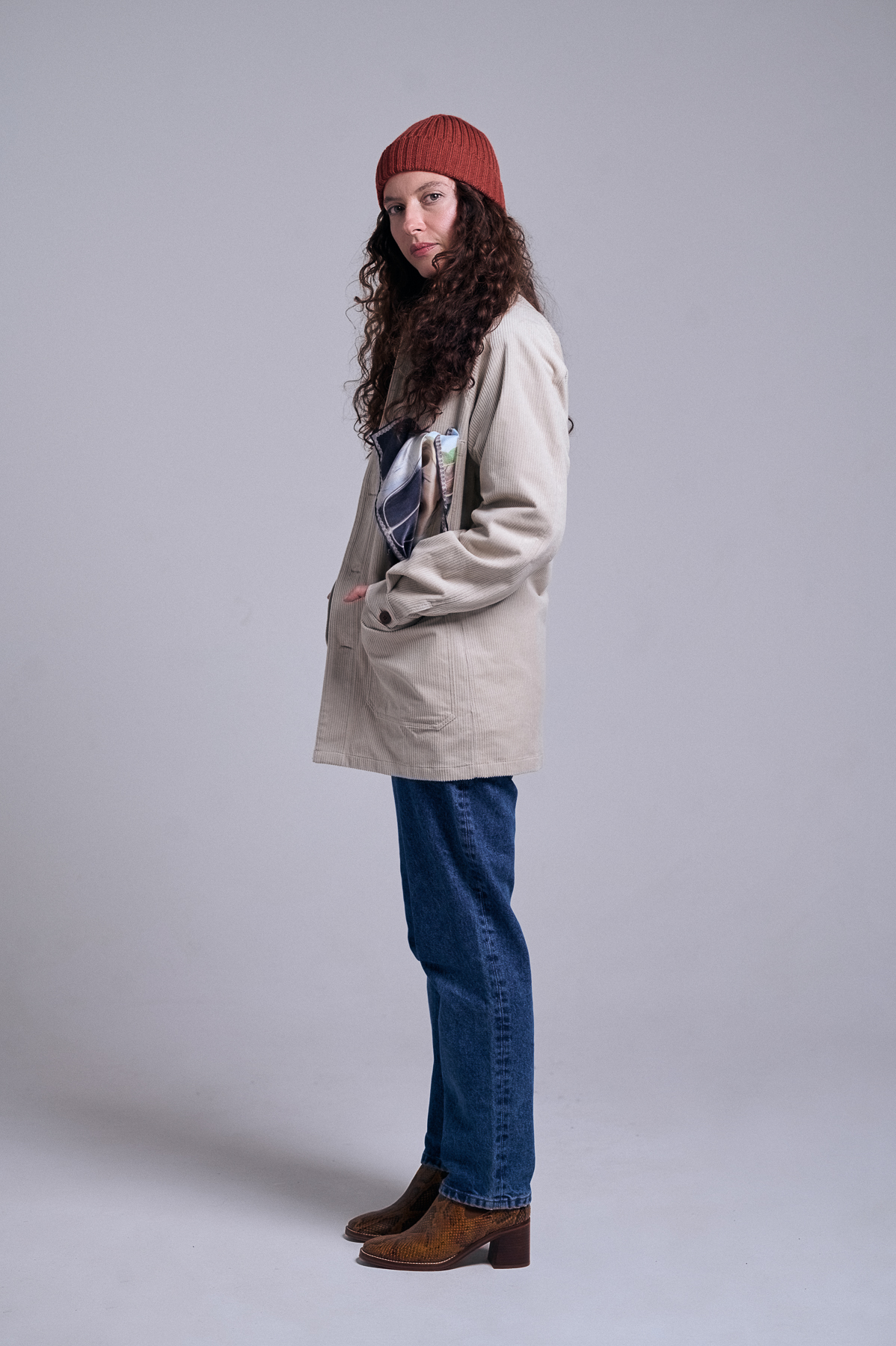
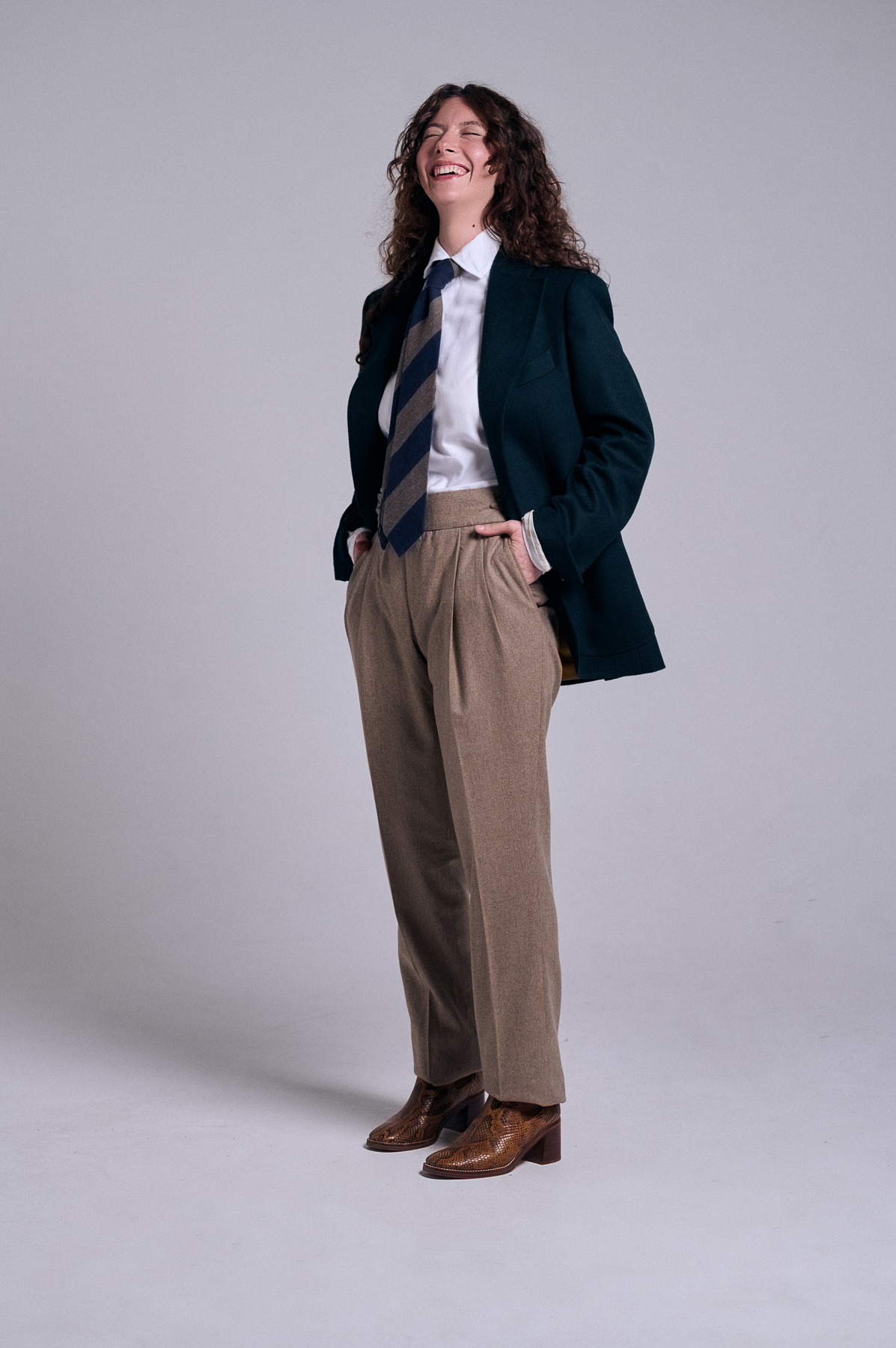
Finally, something without a size issue: accessories. True unisex/one size/etc. - no boundaries here.
Bigger (40x40 cm) pocket squares look good when tied around the neck. Scarves? Men's ones often have better composition and provide better warmth, even if being narrower than the big shawls. Hats? The fit may depend on the hairstyle, but generally, baseball caps and beanies fit everyone.
Ties are a bit different - these would have to be more worn in a more intentional way (acting as a part of some kind of costume perhaps), with a particular style in mind. However, it can work, just think of Diane Keaton in Annie Hall and her iconic outfit of wide chinos, a white shirt, a vest, and a tie. Supposedly masculine, yet feminine; it is an example that this style can be done in a fun, effortless way.
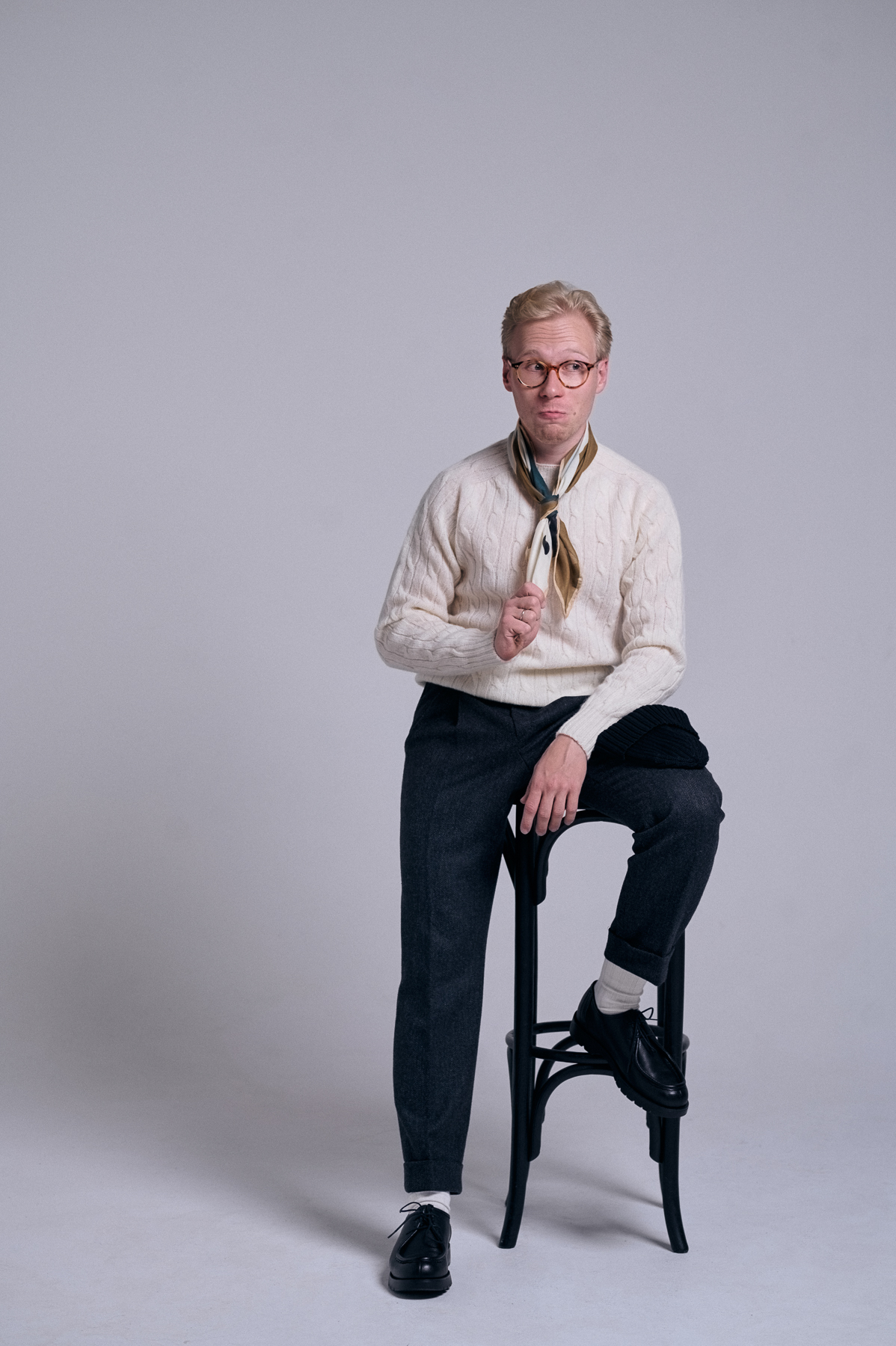
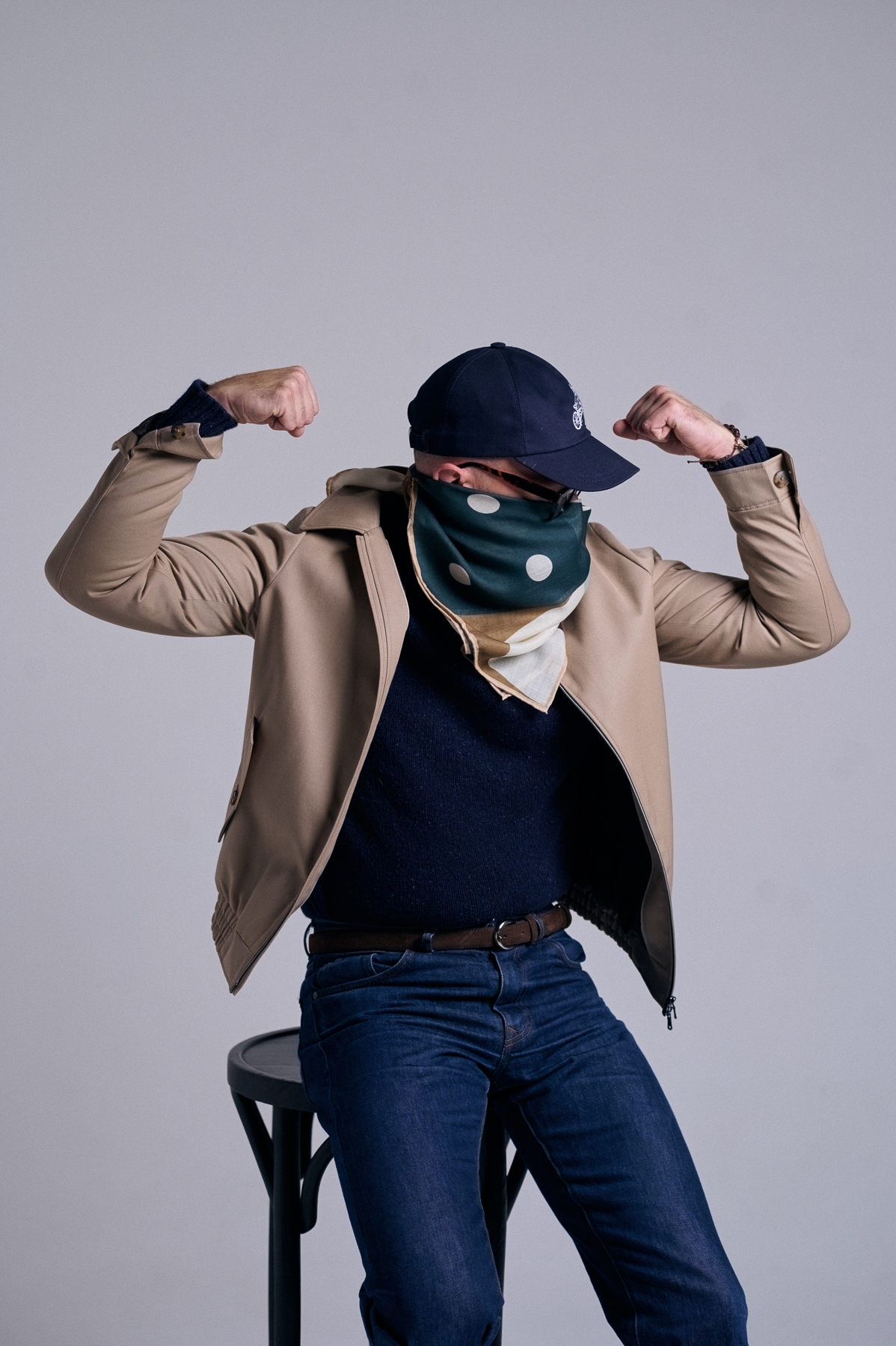
And the other way around? Can we, men, borrow something from women?
I wasn't going to delve into this topic in the same article, but I just have to briefly mention scarves - this is the thing that we can and should wear, especially in the post-tie world. After all, it's nice to be able to tie something around the neck, introduce additional color and pattern, still keeping it casual.
If you are unsure about the idea, let me remind you that both silk scarves and ties actually have the same origins - just look at the portraits of figures from the 1600s and 1700s centuries and have a little read, for example here. Alternatively, to not go back so much into the history, at least think of cowboy bandanas. Well, if you need a justification to convince yourself to a new item in your wardrobe, here it is!
However, there is no denying that we can learn more about wearing scarves from women today than from the old portraits. As an experiment, before buying your own, you can borrow one from your partner (or mother, grandmother, a friend even) and wear it a few times, just to see whether it fits you.
You can risk that much for style, right?
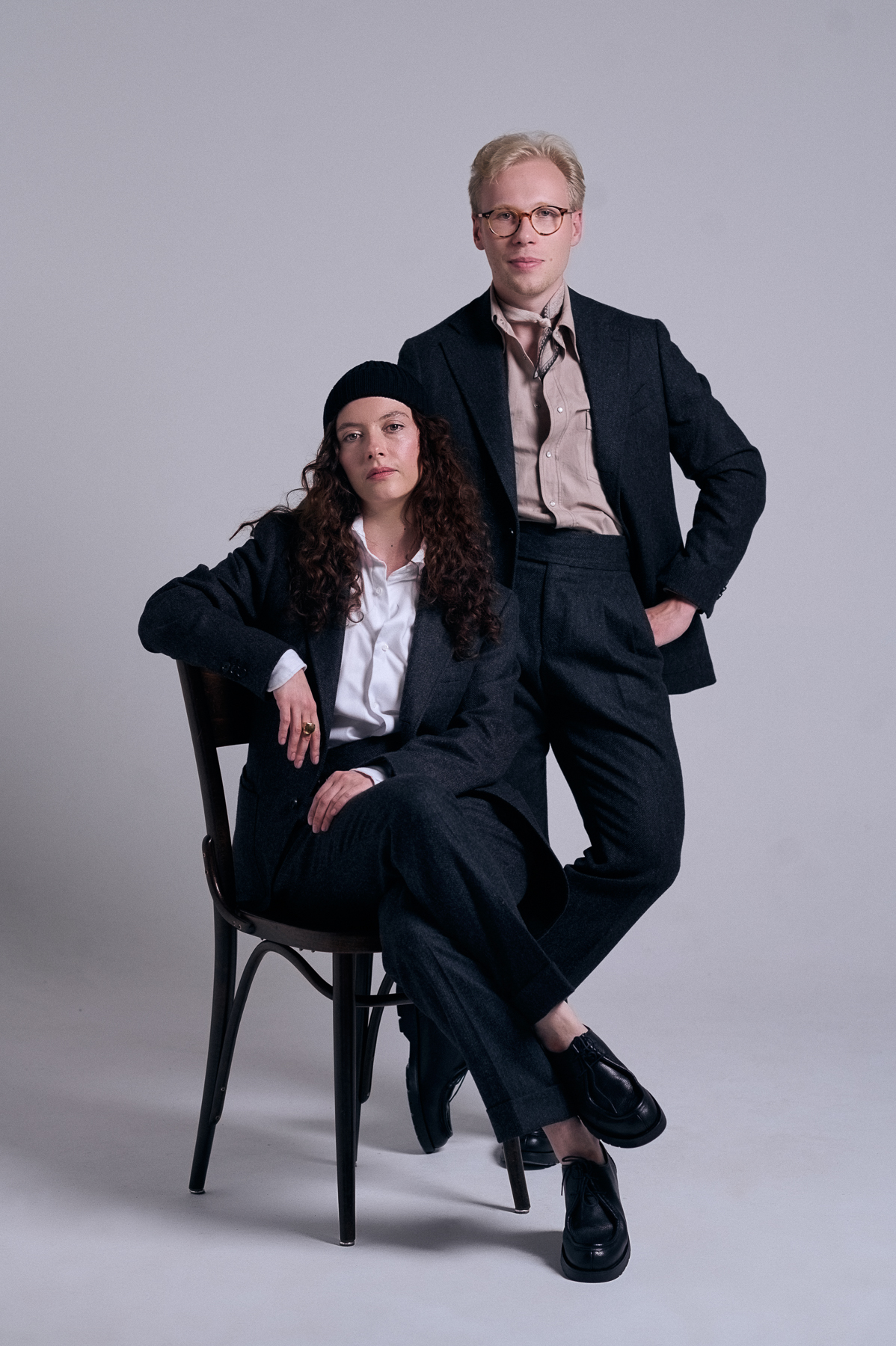
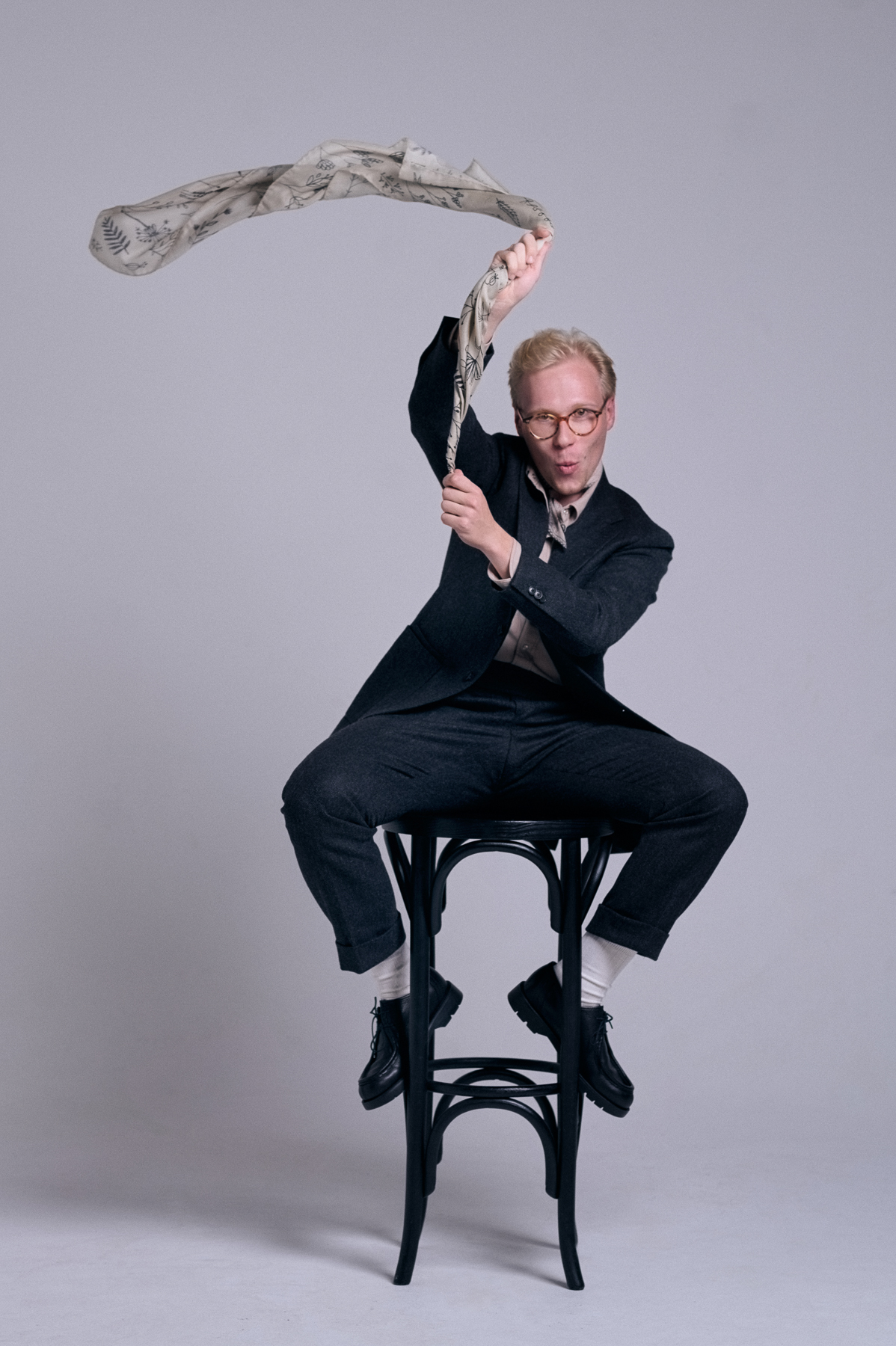
Summing it up: dear ladies, borrow things from gentlemen. Gentlemen - allow ladies to do that... and sometimes steal a scarf in return.
Alternatively, do your shopping together; explore men’s departments and menswear brands. Wouldn’t it be nice if everyone could just wear equally nice clothes?